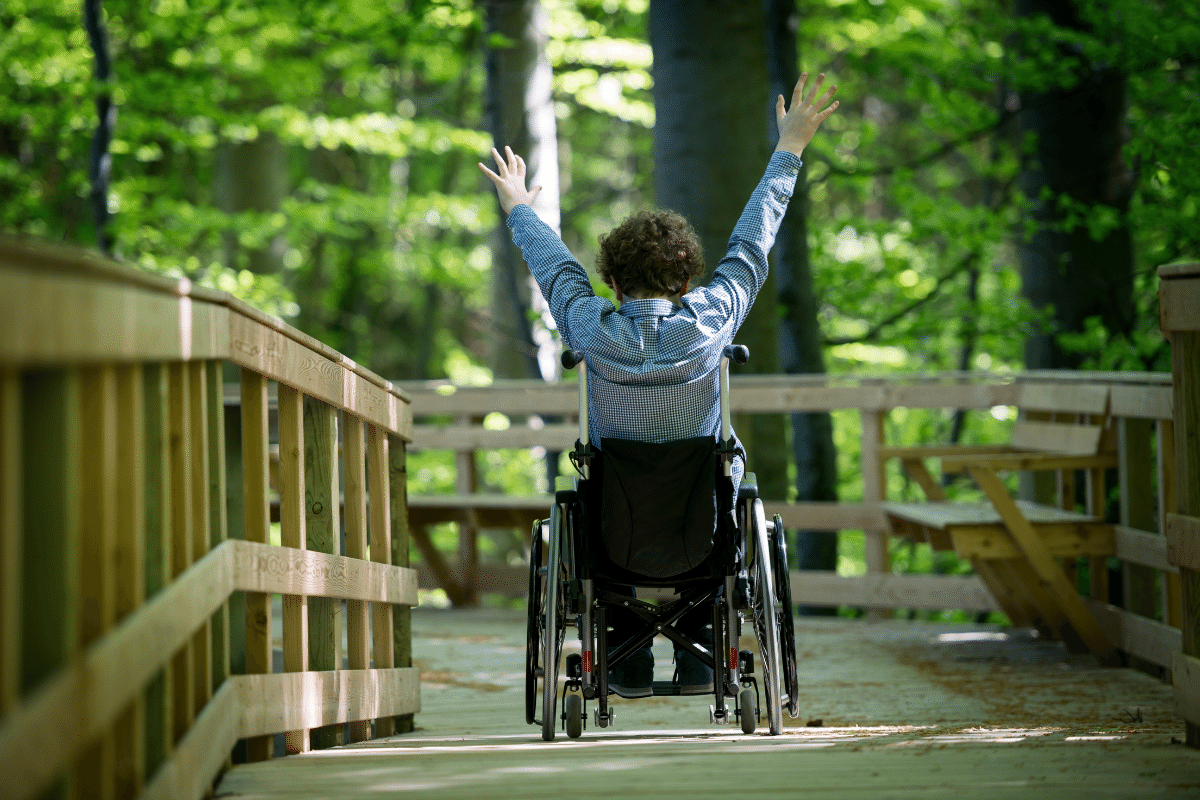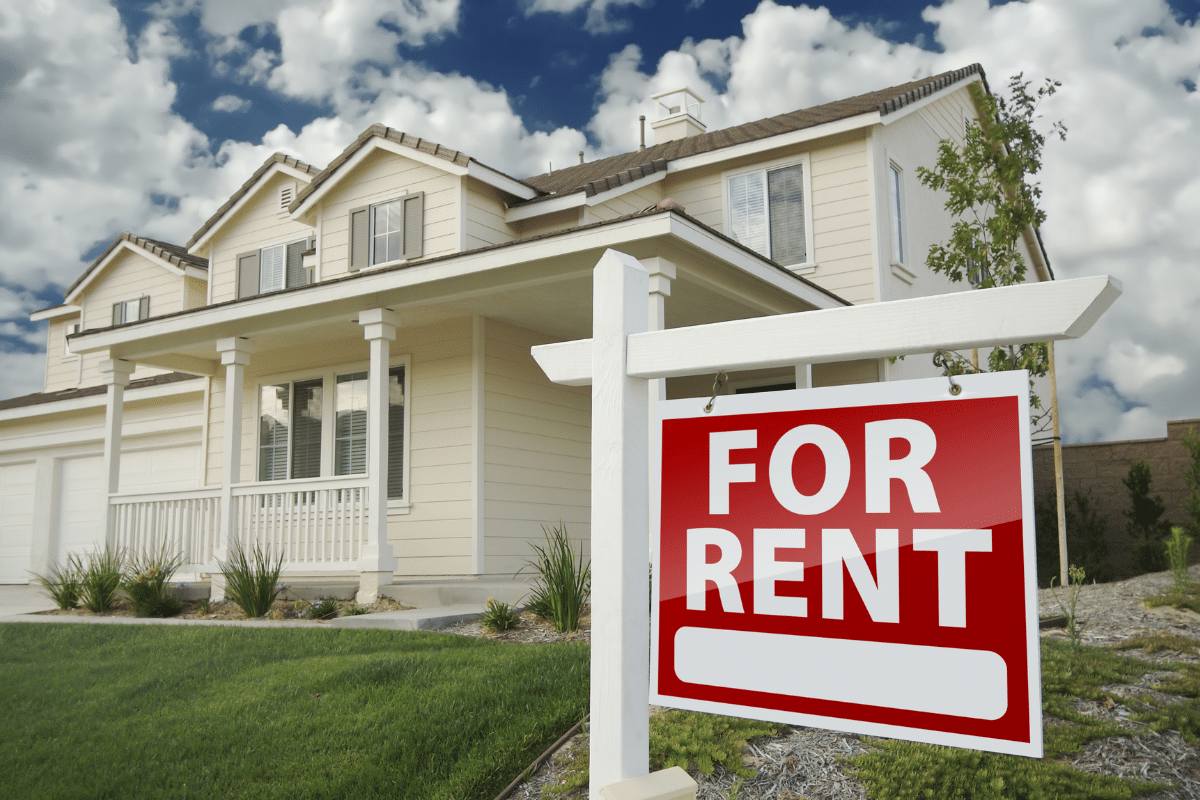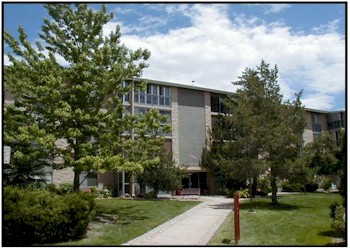Being wheelchair-bound, or having mobility issues can be frustrating, and exercise might seem like the last thing someone sees themselves doing. Physical fitness is essential for elderly, and disabled individuals helping to maintain muscle tone, improve range of motion, and prevent blood clots from prolonged periods of inactivity. The good news is that seniors can still engage in daily exercise even if getting up and around isn’t an option. Adopting an active lifestyle by making some modifications opens up a world of possibilities, creating a lifetime of healthy habits.
If seeing a physical therapist, or hiring a personal trainer is possible, these professionals can help demonstrate the best types of exercise for seniors with limited mobility. A few sessions of a customized routine provide a starting point that older adults can practice at home. Pool therapy is ideal for someone in a wheelchair or who has trouble with weight-bearing exercise because the body becomes buoyant, and weightless in the water with no impact on the joints.
Getting your groove on in a wheelchair? Dance isn’t just great cardio, it’s also a fun, and social activity that active adults can participate in, even on wheels. In fact, the American DanceWheels Foundation has made it possible for disabled, and wheelchair-bound individuals to take dance lessons, and realize that the sky’s the limit. Paired with a regular dance partner, students learn that moving to music is accessible to everyone.
Provided one has been cleared by their physician, upper bodyweight training is a great way to increase muscle mass, and improve posture. Exercises using light handheld weights, or even soup cans, can help strengthen the arms, back, and core muscles. A few repetitions while watching a favorite program is an easy way for seniors to squeeze in a daily workout.
Give those endorphins a jump start. Just because someone is limited in their mobility, it doesn’t mean they can’t enjoy getting fit and incorporating wellness goals into their everyday.




